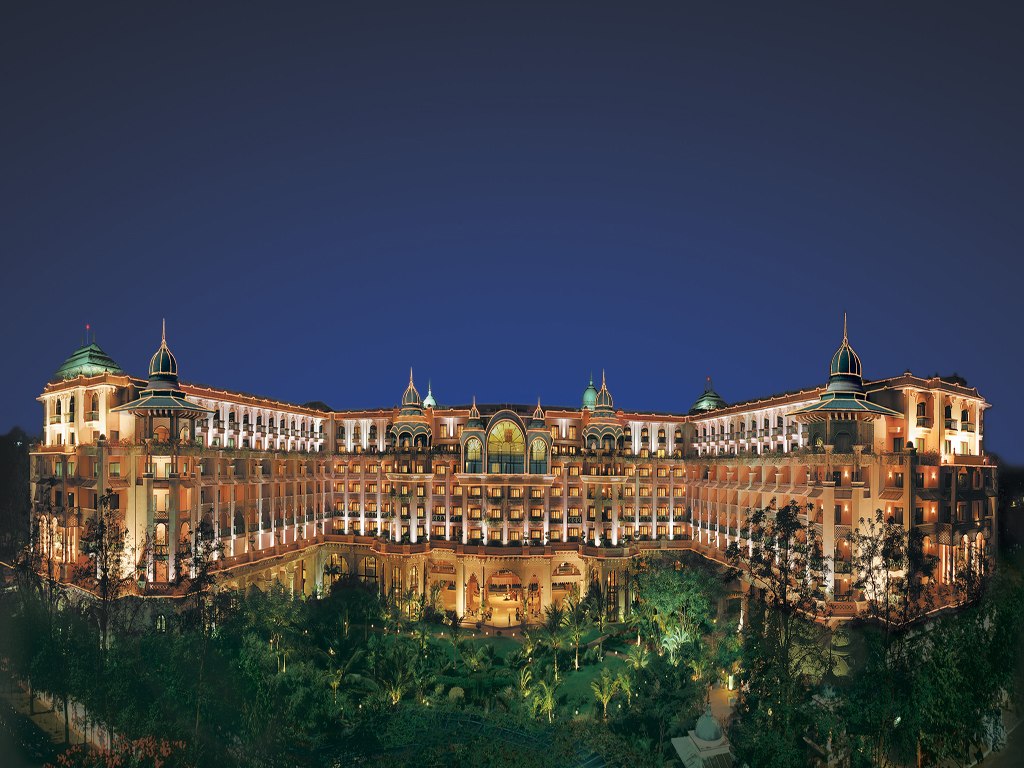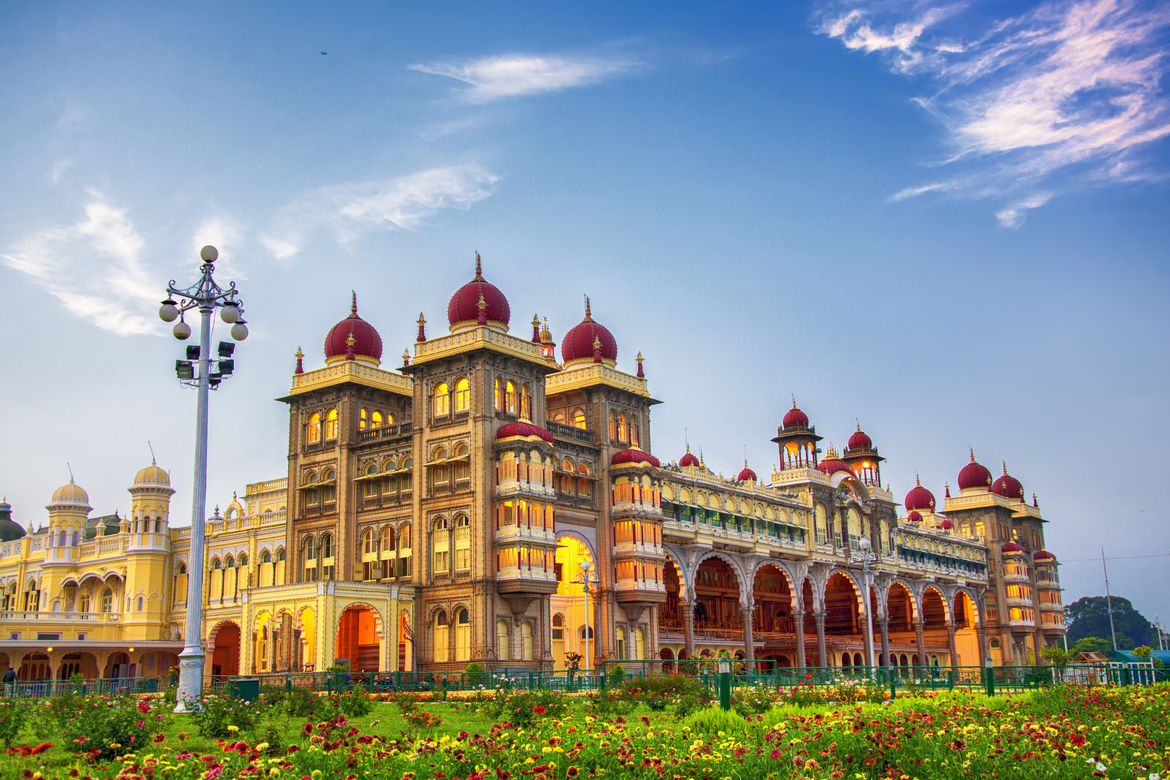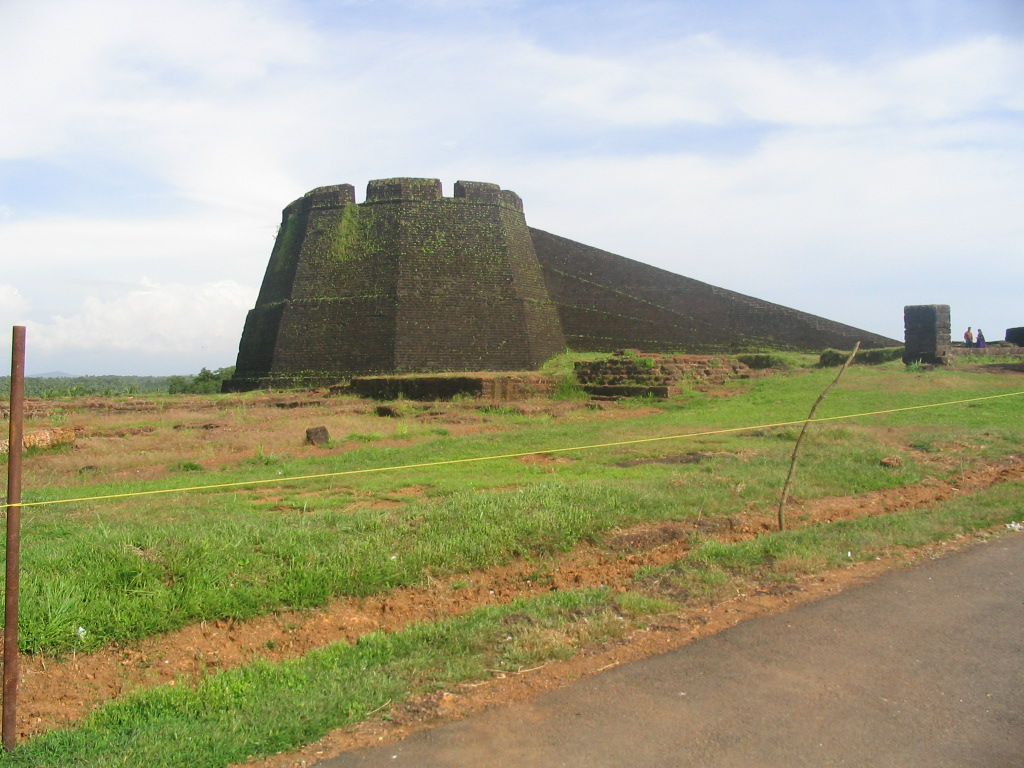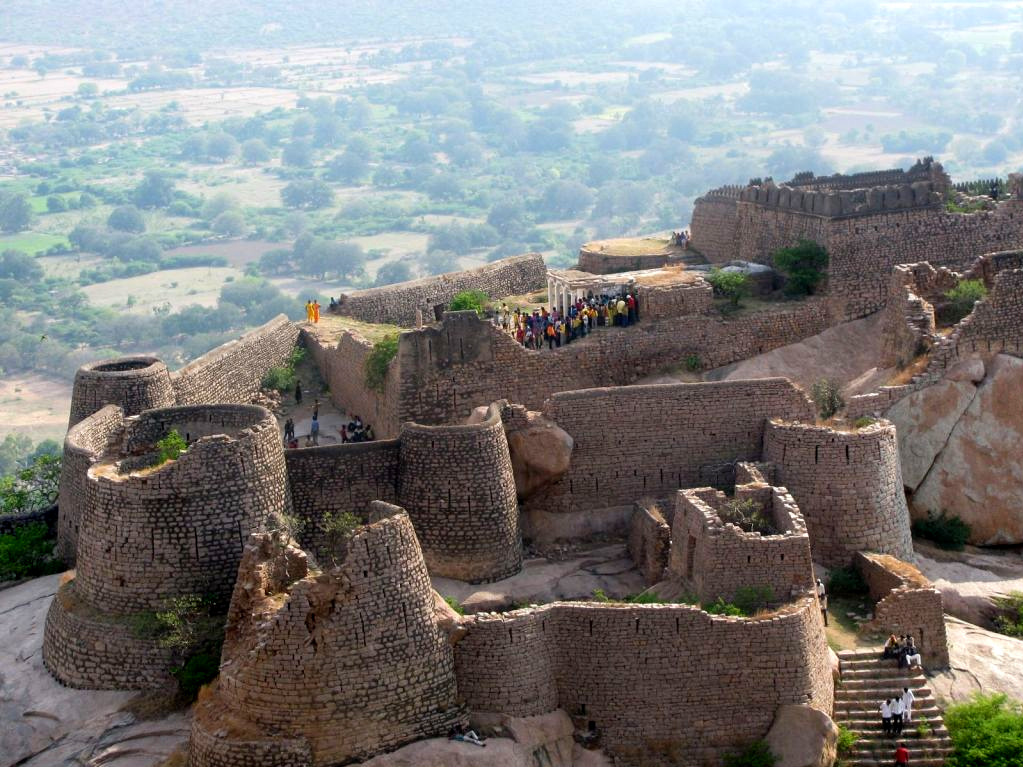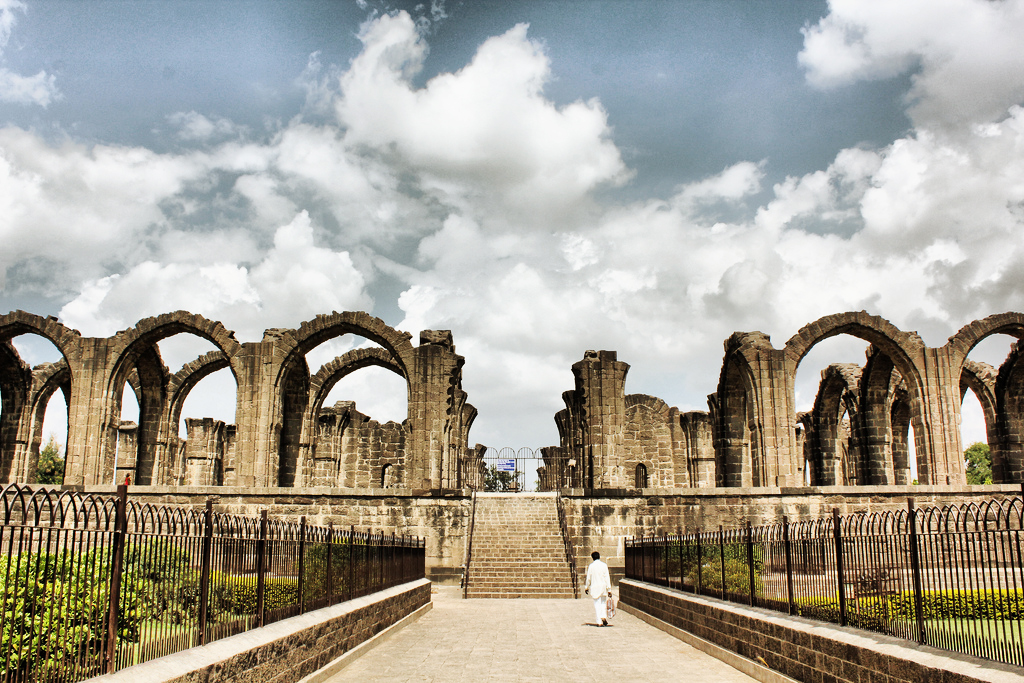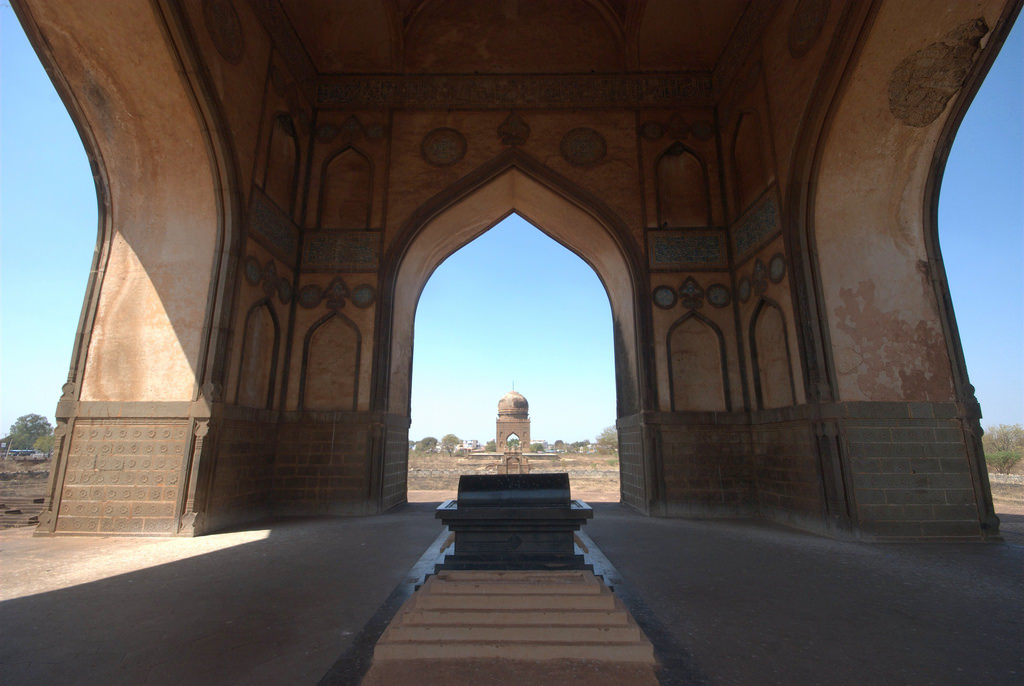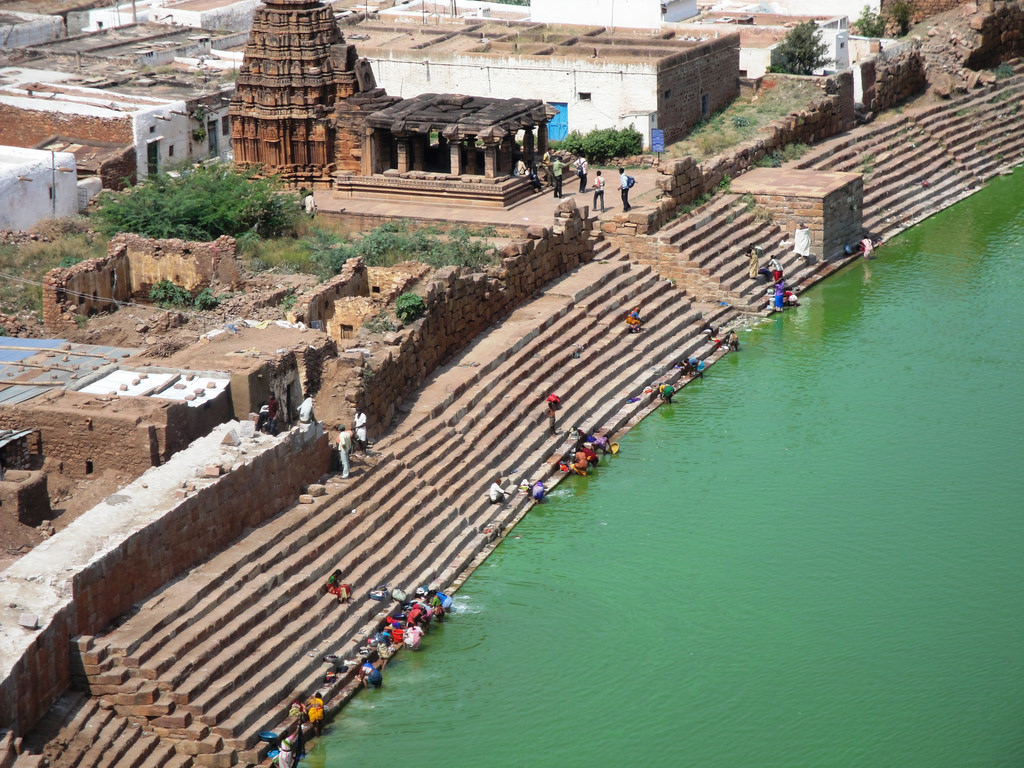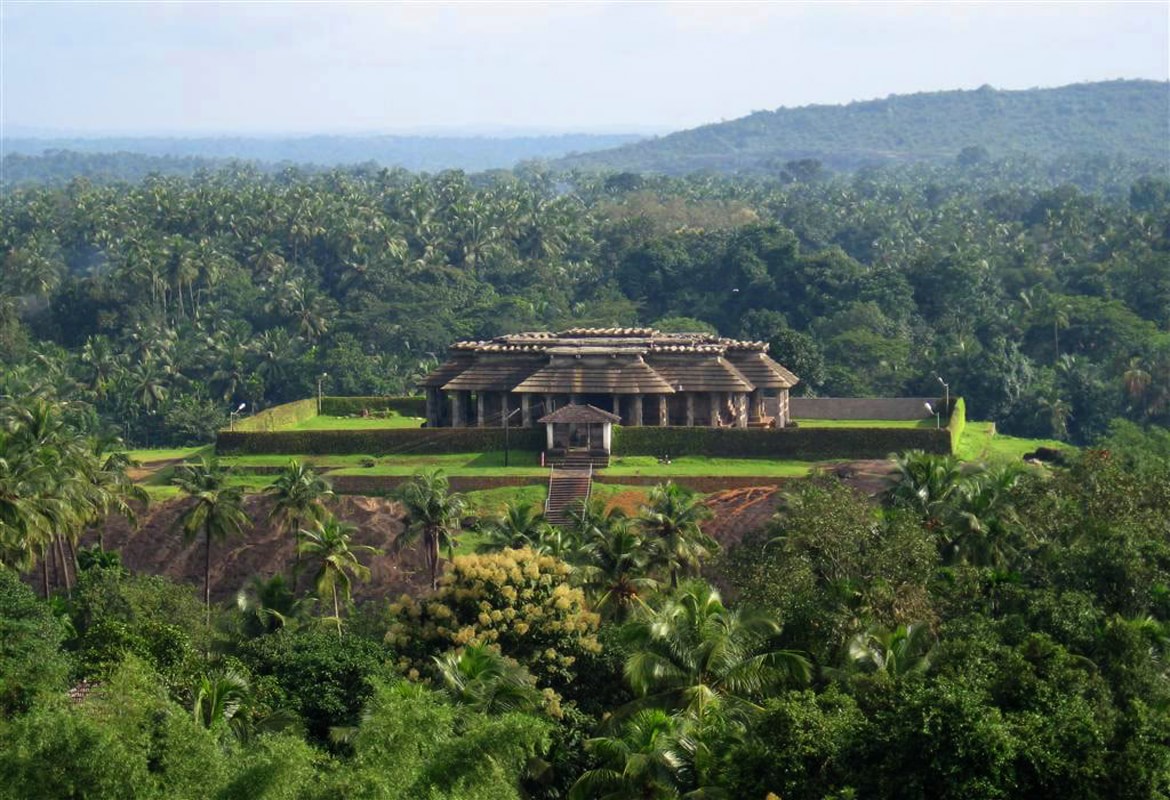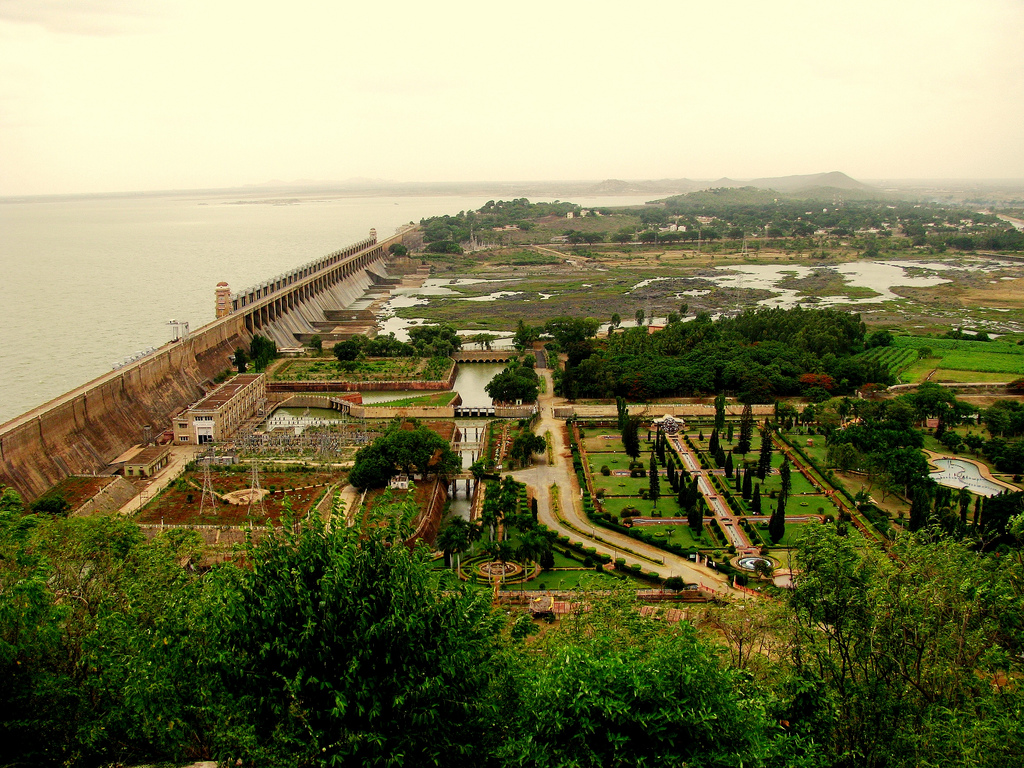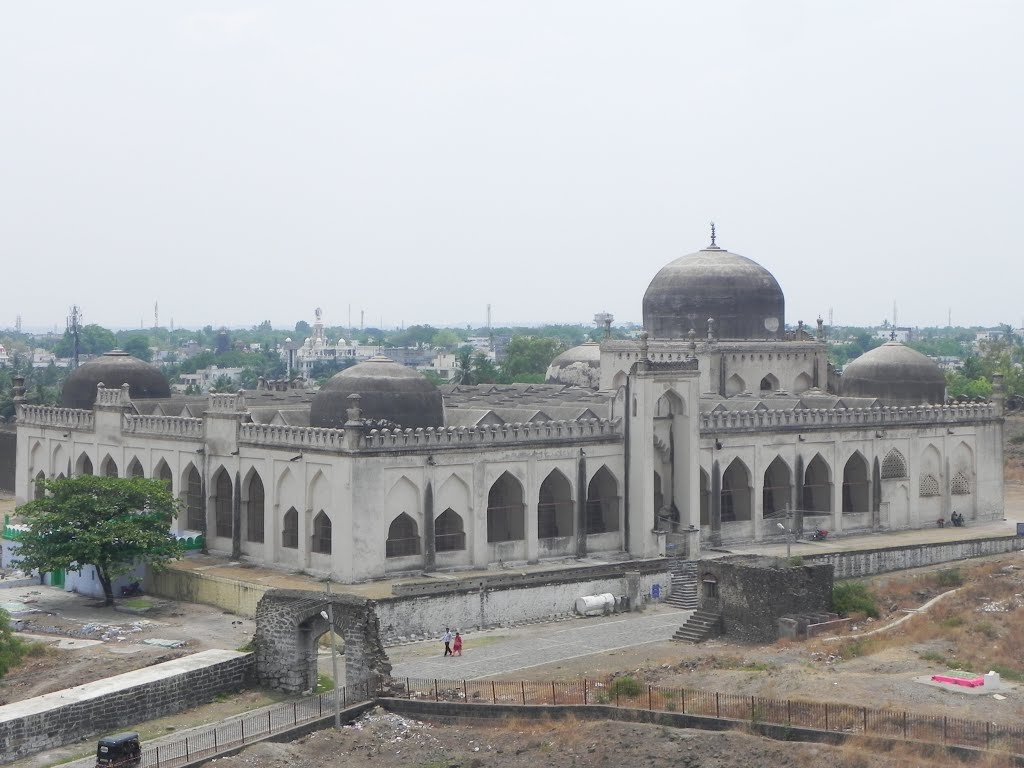
Gulbarga Tourism and Travel Guide
History Gulbarga: GULBARGA was known as ‘KALBURGI’ in former days which means stony land inKannada.Gulbarga district is situated in the northern partGulbarga of Karnataka State. In the earlier days, Gulbarga was a district of Hyderabad Karnataka area and became a part of Karnataka State after re-organization of states.
Recorded history of this district dates back to the 6th Century A.D. The Rashtrakutas gained control over the area but the Chalukyas regained their domain within a short period and regained supreme for over two hundred years. The Kalahari’s who succeeded them ruled till the 12th Century AD. Around the close of the 12 th century.
The Yadavas of Devagiri and the Hoysalas of Dwarasamadra destroyed the supremacy of the Chalukyas and kalachuris. About the same period the kakatiya kings of Wrangle came into prominence and the present Gulbarga and Raichur districts formed part of their domain. The Kakatiya power was subdued in 1321 AD and the entire Deccan including the district of Gulbarga passed under the control of the Muslim Emperors of Delhi.
The revolt of the Muslim officers appointed from Delhi resulted in founding of, the Bahmani kingdom in 1347 AD, by Hassan Gangu who chose Gulbarga to be his capital. When the Bahmani dynasty came to an end, the kingdom broke up into five independent Sultanates and the present Gulbarga district came partly under Bidar and partly under Bijapur.
With the conquest of the Deccan by Aurangezeb in the 17th century, Gulbarga passed back to the Mughal Empire. In the early part of the 18th century when Mughal Empire was declining Asaf Jha a general of Aurangzeb became independent and formed the Hyderabad State in which a
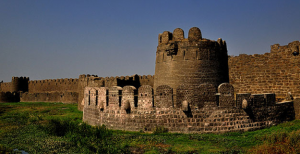
major part of Gulbarga area was also included .In 1948 Hyderabad state became a part of Indian Union and in 1956, excluding two talukas which were annexed to Andhra Pradesh the remaining talukus of Gulbarga district became part of New Mysore State.
Gulbarga is 613 Km north of Bangalore and well connected by road to Bijapur, Hyderabad and Bidar. Train from southern part of India to Mumbai and Delhi passes through Gulbarga. Shri Kshetra Gangapur an well known pilgrimage of God Shri Sadguru Dattarya is very close from Gulbarga. The climate of the district is generally dry and healthy with temperature ranging from 5c to 45c and an annual rainfall of about 750mm. The entire district is situated in Deccan Plateau and the general elevation ranges from 300 to 750 meters above MSL.
Two main river, Krishna and Bhima, flow in the district. The predominant type of soil in the district is black soil. The district has a large number of tanks which in addition to the river irrigate the land. The Upper Krishna Project is major irrigational venture in the district. Jowar, groundnut, rice, and pulses are the main crops.Gulbarga an industrially backward district is presently showing signs of growth in the Cement, textile, leather and chemical industries sectors. Gulbarga has a University with Medical and Engineering Colleges.
This town was the Bahmani capital form 1347 until its transfer to bidar in 1428 Later the kingdom broke up into a number of smaler kingdoms – Bijapur, Bidar, berar, Ahmednager and Golconda. The last of these, Golconda, finally fell to Aurangzeb in 1687. Gulbarg’s old moated fort is in a much teteriorated state, but it has a number of interesting buildings inside including the Jama Masjid, reputed tohave been built by a Moorish architect during the late 14th or early 15th century who imitated the great mosque in Cordoba, Spain. The mosque is unique in India, with a huge dome covering the whole area, four smaller ones at the corners, and 75 smaller still all the way around. The fort itself has 15 towers. Gulbarga also has a number of imposing tombs of Bahmani kings, a shrine to an important Muslim saint and the Sharana Basaveshwara Temple.
How to Reach Gulbarga?
Gulbarga is the administrative headquarters of Gulbarga District, and of Gulbarga Division.
How to Reach Gulbarga by Road: Gulbarga is connected by road to Basavakalyan (80 km), Bidar (120 km), Bijapur (160 km), and Bangalore (600 km). KSRTC buses ply from Gulbarga to Bangalore, Bijapur, Bidar, Raichur and Sholapur.
How to Reach Gulbarga by Rail: The nearest railway station is at Basavakalyan – 80km. Gulbarga is also connected by rail with Bangalore, Bombay and Hyderabad.
How to Reach Gulbarga by Air: The nearest airport is Hyderabad (220 km).
Culture: The culture of Gulbarga is a mixture of Kannada, Marathi and Hyderabadi. Gulbargites take pride in Gulbarga culture and are seldom happy to stay away from their home town. The Gulbarga town was once the Bahamani capital from 1347 until it was transferred to Bidar in 1428. Thus, Gulbarga is a unique synthesis of those two cultures.
After the Bahmani capital was moved to Bidar in 1428, Gulbarga became a provincial capital. In the 16th century the city became part of the Bijapur sultanate. By the second half of the 17th century the region was incorporated into the Mughal Empire. The city came under the rule of the princely state of Hyderabad in the early 18th century. Along with the rest of Hyderabad, it was annexed by India in 1948. In 1956 Gulbarga was made a part of Mysore state (renamed Karnataka in 1973). More than a third of the city’s residents are Muslims. Most of the remainder are Hindus.
With its unique culture, history and places of interest Gulbarga can be a special experience for the tourist. Gulbarga, the South Indian city, in northeastern Karnataka state, is located on the Karnataka Plateau. Climate is dry and cold in the winter, rains a lot during the monsoon and one of the hottest in summer. There are many shopping places, the
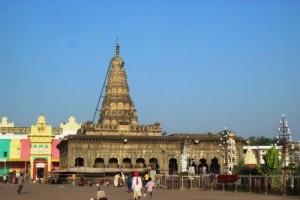
biggest one is Super Market at the centre of the city (Close to the Appana kere (Lake)). Station bazaar close to the railway station is the second biggest market/shopping areas of Gulbarga. You can find almost everything that you would find in a big city like Bangalore in Gulbarga.
Prime Attraction in and around Gulbarga: The city of Gulbarga is full of beautiful palaces, mosques, stately buildings and bazaars. You may start your tour in Gulgarga with the fort that was built by Raja Gulchand and later strengthened by Al-ud-din Bahmani. The Fort of Gulbarga is an amazing structure, with 15 towers and 26 guns. Inside the fort, is the Jama Masjid, built during the lateGulbarga 14th century by a Moorish architect who is said to have fashioned it on the lines of the great mosque in Cordoba in Spain. To the southern entrance of the fort is a group of royal tombs.
The other important monument in Gulgbarga is the Khwaja Bande Nawaz Durgah, a shrine of the Saint Banda Nawaz (1640), the great Sufi saint. This magnificent building in the indo-Saracenic style is the venue of an annual urus, attended by thousands of people, both Muslims and Hindus.
The Durgah Library houses almost 10,000 books in Urdu, Persain and Arabic. Also worth seeing are Sultan Hanan’s tomb, the tomb of Ghias-ud-din, the fine mausoleum of Feroze Shah and his family, the Haft-Gumbaz outside the city, the elegant mosques, the well-kept lawns of Mahboob Gulshan and the Shrine of Shri Sharanabasaveshwara, a famous pilgrim centre standing near the Gulbarga talab. The other place of interest for the tourist is the cross-shaped bazaar with 61 arches.
Around Gulbarga is Jevargu, the popular Jain pilgrim center, about 40 kms from Gulbarga. It is situated on the bank of the Bhima River and has many Jain basadis. Humnabad is 52 kms from Bidar, a famous pilgrim center. It attracts thousands of devotees during the Veerabhadreshwara jatra, held for 7 days during Jan-Feb. The Narayanapura Dam is 120 kms from Gulbarga. The Krishna River cascades down here and is known as the Jaladurga Falls.

